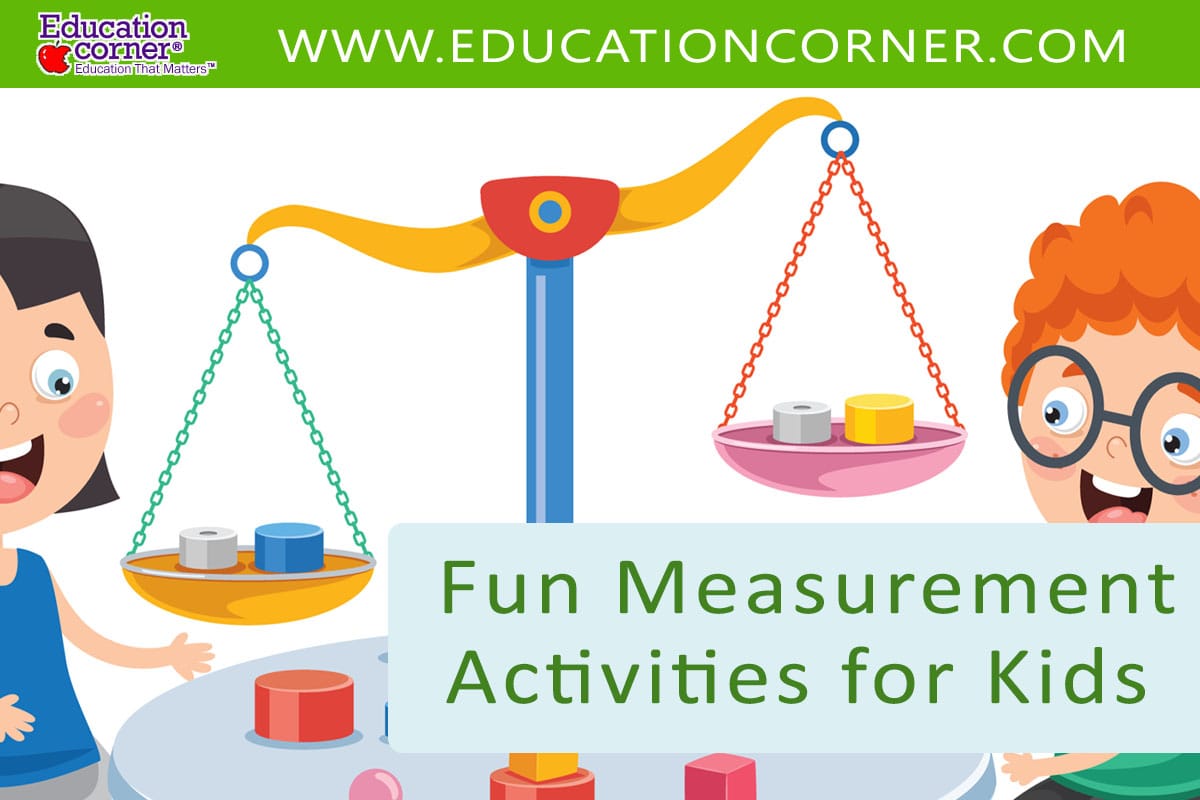Measurement is a fundamental concept that helps children understand the world around them through numbers and comparison.
Teaching young learners about measurement through interactive and hands-on activities not only builds their math skills but also enhances their observational and reasoning abilities.
From measuring ingredients for a recipe to determining the length of a room, measurement is used in countless everyday activities.
We’ve carefully curated measurement activities that go far beyond traditional teaching methods. Each project is designed to be engaging, age-appropriate, and packed with opportunities for critical thinking, problem-solving, and joyful discovery.
1. Compare Weights
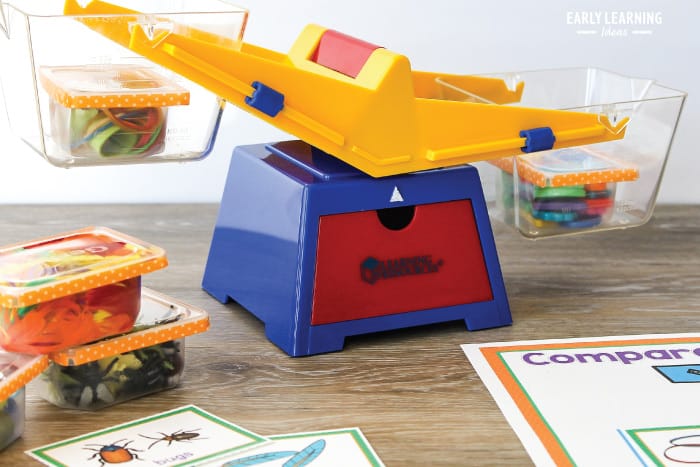
Measuring with a Balancing Scale introduces students to the concept of weight and comparison in a hands-on, interactive way. By using a balancing scale, students can explore the idea of weight by comparing objects, such as small toys, blocks, or classroom supplies, to see which are heavier or lighter
Learn more: Early Learning Ideas
2. Measuring Hands and Feet
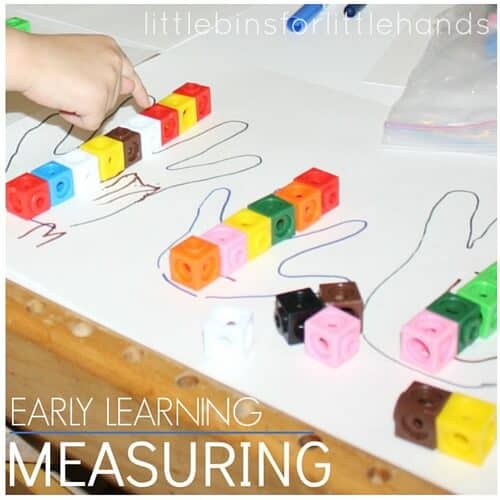
In this activity, students measure the length of their hands and feet using LEGO blocks as a non-standard unit. By aligning blocks to match their hand or foot size, students learn the basics of measurement, comparison, and estimation in a tangible and relatable format.
Learn more: Little Bins for Little Hands
3. Measurement with LEGO
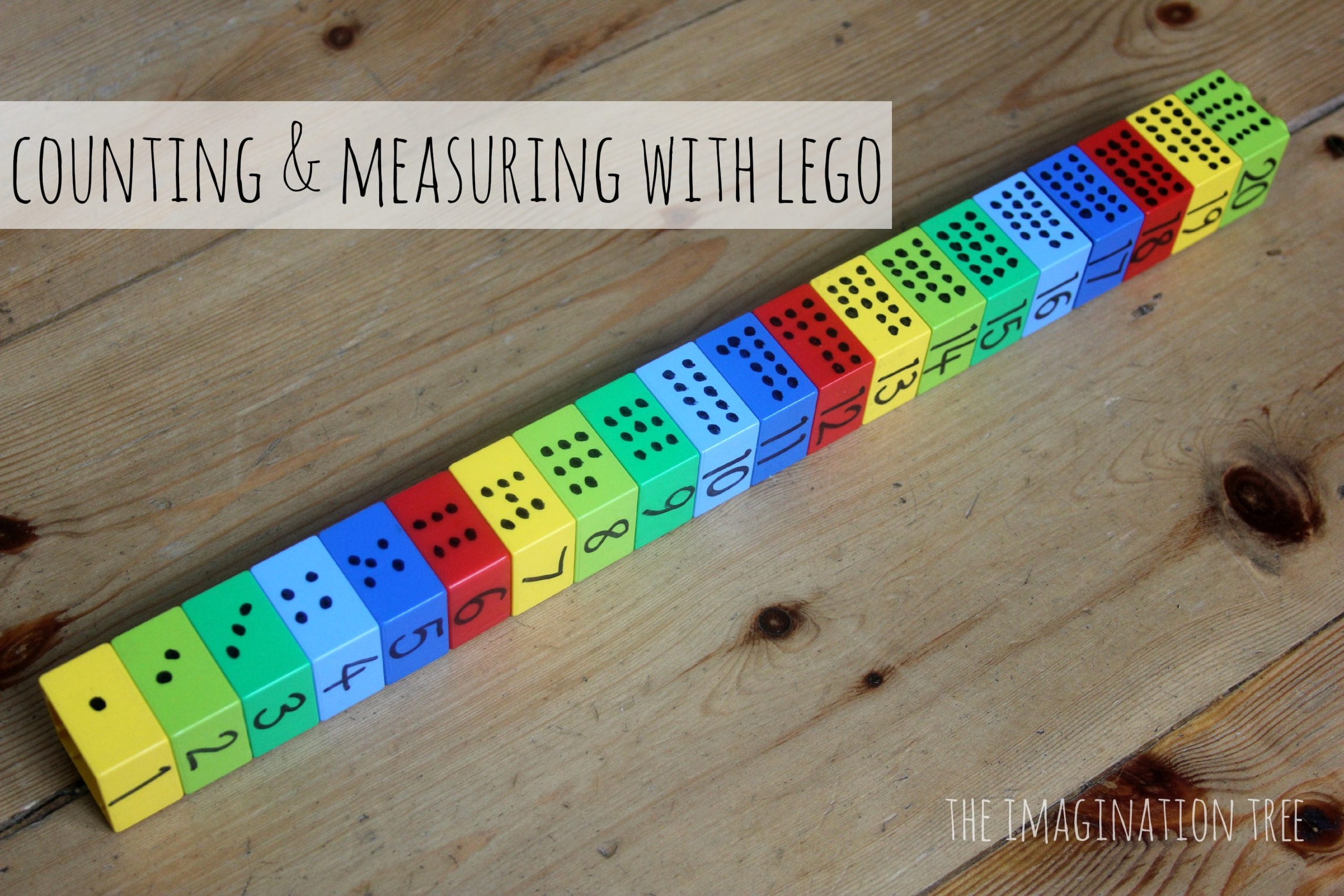
This activity introduces the concept of non-standard measurement, where LEGO blocks become the unit of measurement. It also reinforces counting, addition, and subtraction as students combine or break apart blocks to reach specific measurements.
Learn more: The Imagination Tree
4. How Long Is My Foot?
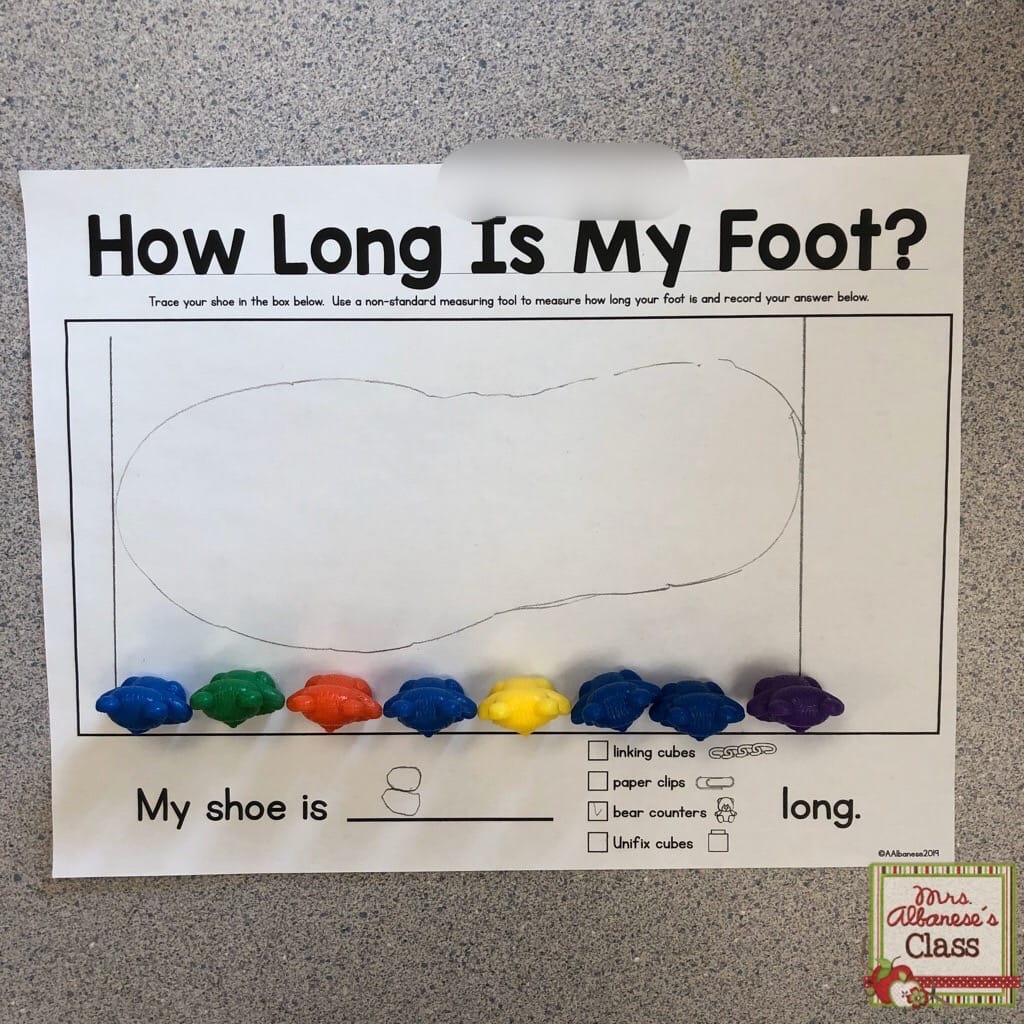
In this activity, students line up small toys, like plastic animals, cars, or blocks, from heel to toe to see how much it takes to match their foot’s length.
This playful approach introduces measurement and estimation skills, allowing students to compare their results and explore concepts like length and size in an engaging, hands-on way.
Learn more: Mrs. Albanese’s Class
5. The Measuring Corner
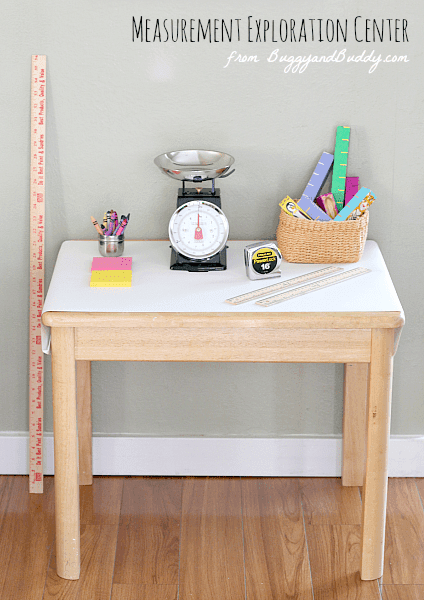
This area can be equipped with various tools like rulers, measuring tapes, balancing scales, and non-standard units such as LEGO blocks or paperclips. Students can measure objects, compare sizes, or practice counting and estimating lengths and weights.
Learn more: Buggy and Buddy
6. Apple Size Adventure
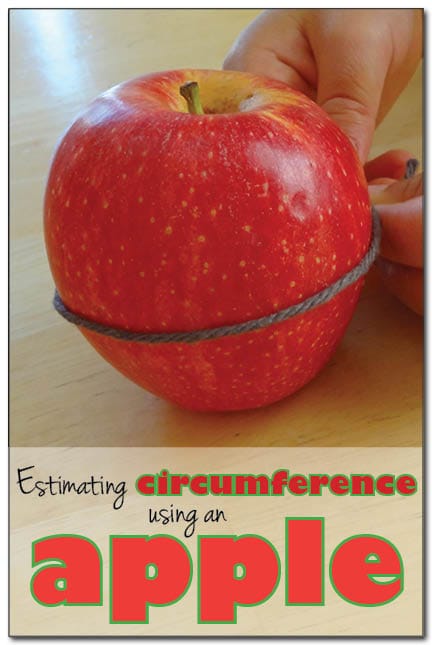
In this activity, students measure the circumference or diameter of different apples using yarn, and then use a ruler to measure the length of the yarn to determine the apple’s size.
Learn more: Gift of Curiosity
7. Frog Jump Measurement
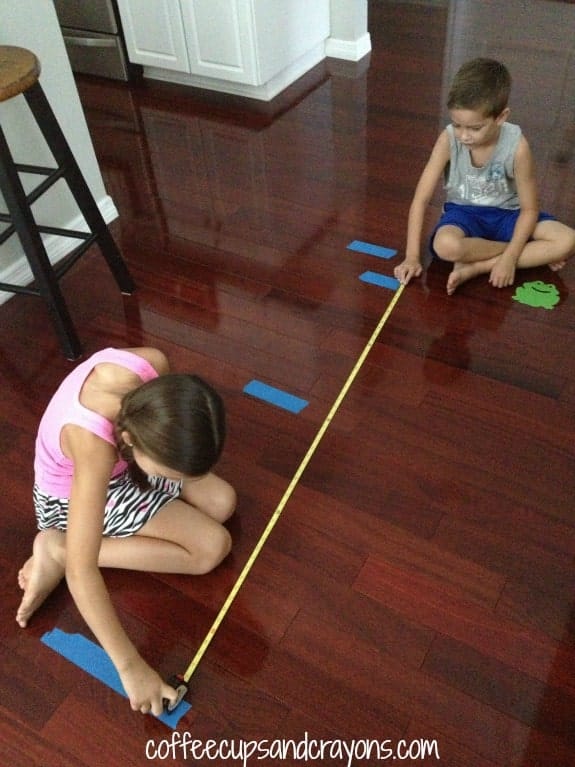
To set up, tape marks a starting line on the floor. Each student places a paper frog at the starting point, then jumps like a frog and lands at a new spot. After each jump, students measure the distance using a measuring tape, marking their landing spot with another paper frog.
Learn more: Coffee Cups and Crayons
8. Chocolate Kisses and Perimeter Fun
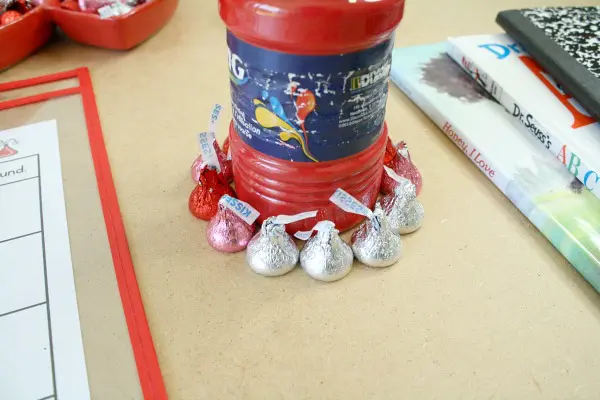
In this activity, students use chocolate kisses (or any small, uniform object) to measure the perimeter of different shapes. They place the kisses along the sides of the shape, counting how many are needed to complete the outline.
Learn more: Fantastic Fun and Learning
9. Candy Heart Catapult Measurements
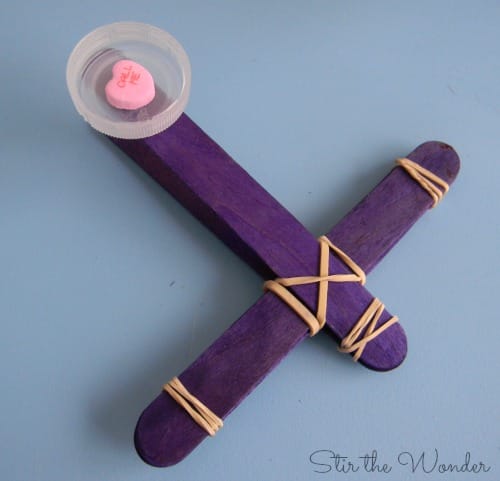
Using a DIY catapult made from craft sticks, rubber bands, and a plastic spoon, students launch candy hearts and measure how far they travel. They record the distance using a ruler or measuring tape and compare results across multiple attempts
Learn more: Stir the Wonder
10. Learning to Measure with Yarn
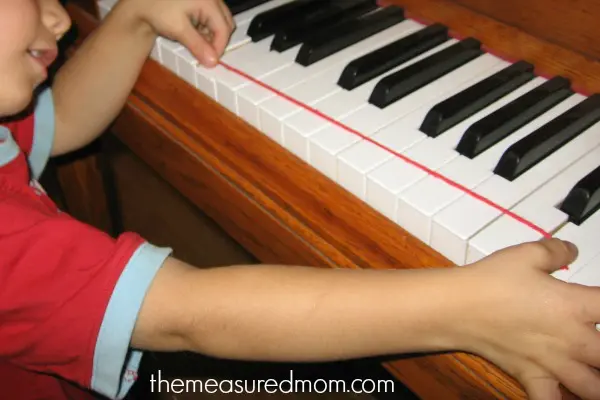
Students use yarn to measure objects by wrapping or laying it along the length, width, or circumference of the item. After marking or cutting the yarn to match the size, they use rulers or measuring tapes to determine the exact length in standard units.
Learn more: The Measure Mom
11. Exploring Length with Magna-Tiles
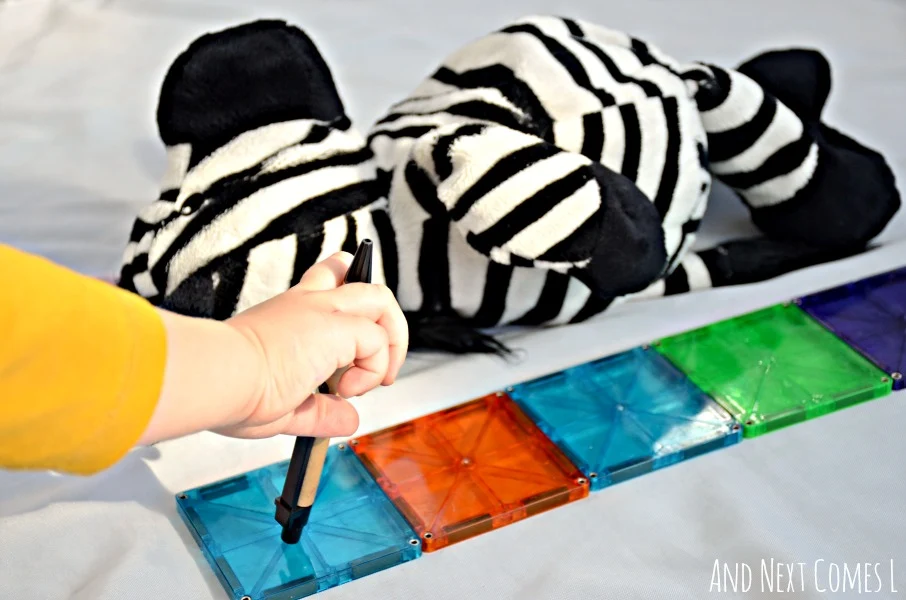
Students use Magna-Tiles to measure the height, length, or width of objects by stacking and aligning the tiles alongside them.
By counting the number of tiles used, they practice non-standard measurement and can later compare their results to standard units using a ruler or measuring tape.
Learn more: And Next Comes L
12. A Measuring Adventure with Dr. Seuss
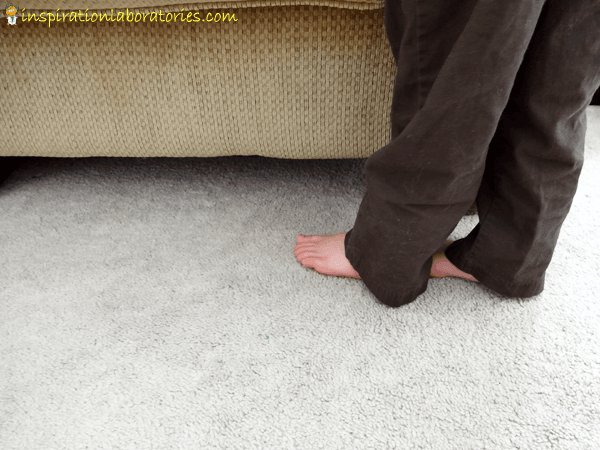
Starting at a designated point, students take steps heel-to-toe and count how many it takes to reach a specific destination, such as the length of a classroom or the width of a playground.
Learn more: Inspiration Laboratories
13. Candy Heart Math
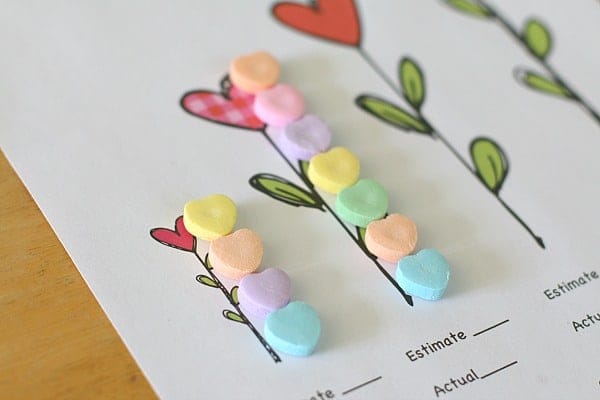
Using activity sheets with objects or shapes drawn on them, students measure the length, height, or width of each item by lining up candy hearts along the edges. They count how many candy hearts it takes to match the dimensions and record their findings.
Learn more: Buggy and Buddy
14. Measuring Made Fun
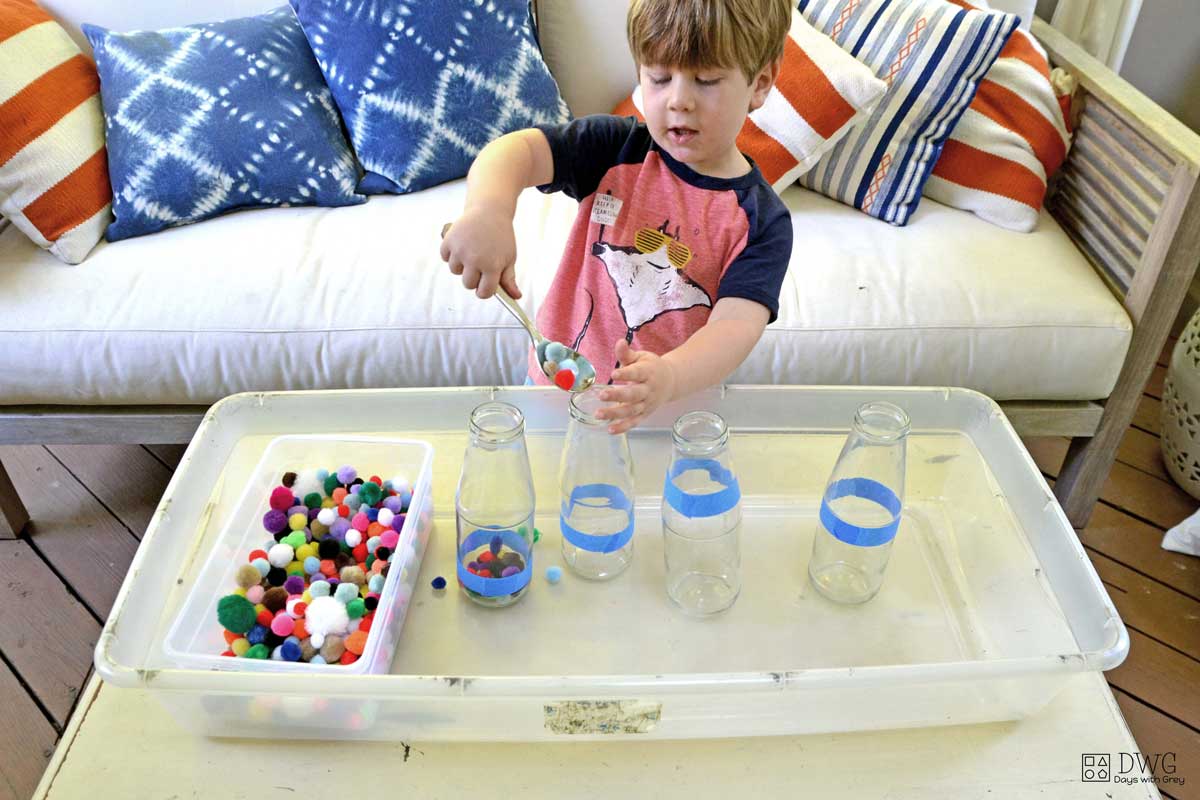
Using a clear jar and colorful pom-poms, children are tasked with “filling the jar” while counting how many pom-poms it takes to reach the top.
Learn more: Days with Grey
15. Balancing with a Hanger
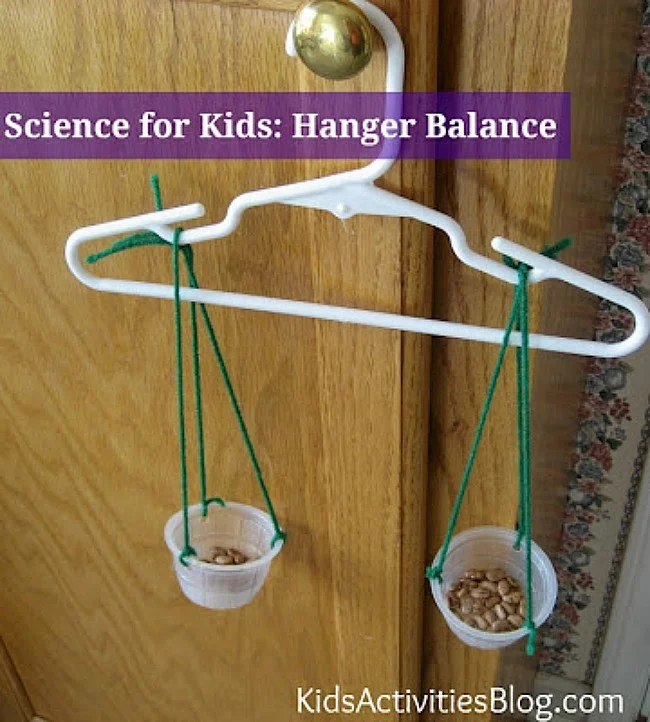
Using a sturdy hanger, students attach small objects to each side with string or clothespins. By experimenting with different items, they observe how weight distribution affects balance and learn to adjust by adding or removing objects.
Learn more: Kids Activities Blog
16. DIY Balance Scales
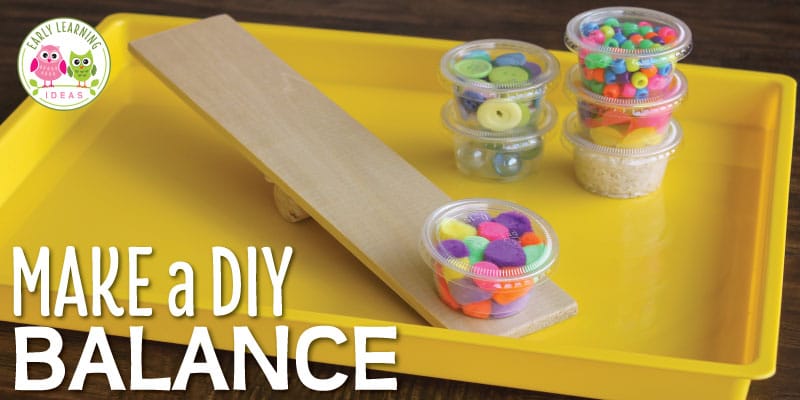
Secure the plank on a stable pivot, like a block or dowel, to act as the fulcrum. Attach mini cups to each end of the plank and provide beads or other small items for students to add and adjust.
Learn more: Early Learning Ideas
17. Measuring Height Chart
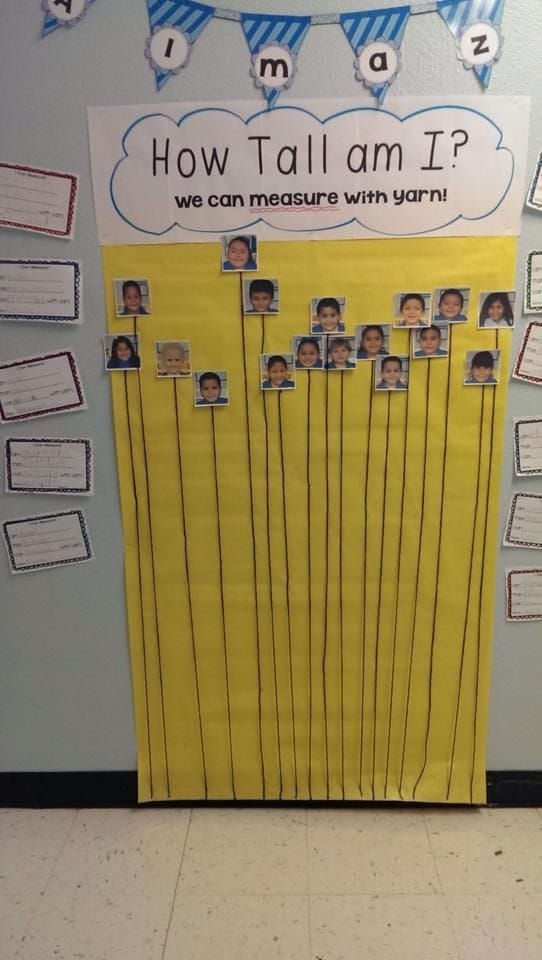
Each student uses a piece of yarn or string to measure their height from head to toe. The measured yarn is then attached vertically to a chart, with the student’s photo placed at the end of the string.
Learn more: Pinterest/Brittan
18. The Hand-Measured Challenge
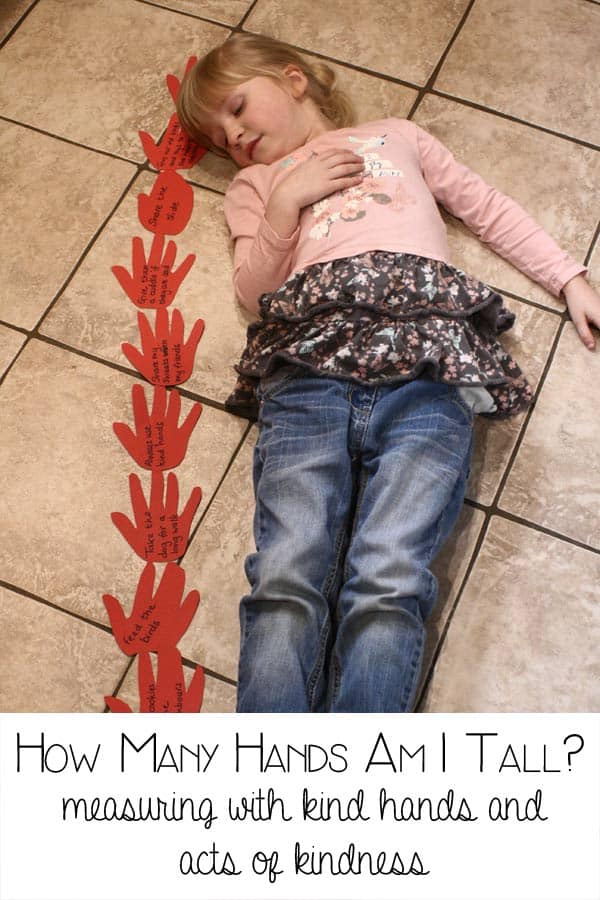
Students measure objects by laying the hand cutouts end-to-end and counting how many “hands” long or wide each person is. They can record their findings and compare measurements with peers.
Learn more: Rainy Day Mom UK
19. Measuring Lengths on Activity Mats
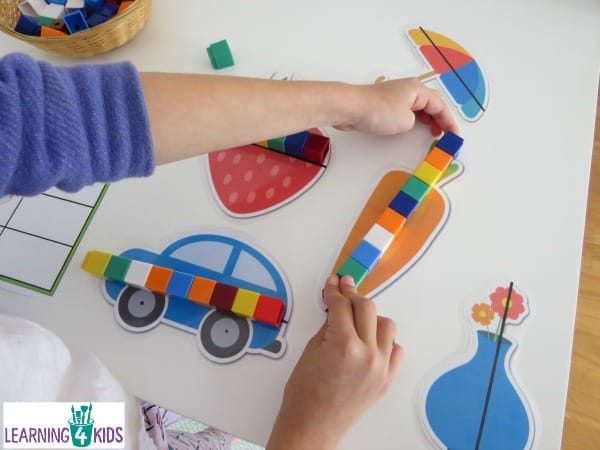
In this activity, students use small square tiles to measure the length of objects or shapes printed on activity mats. They lay the tiles end-to-end along the edge of the object and count how many tiles it takes to cover the length.
Learn more: Learning 4 Kids
20. Farm Fresh Weights
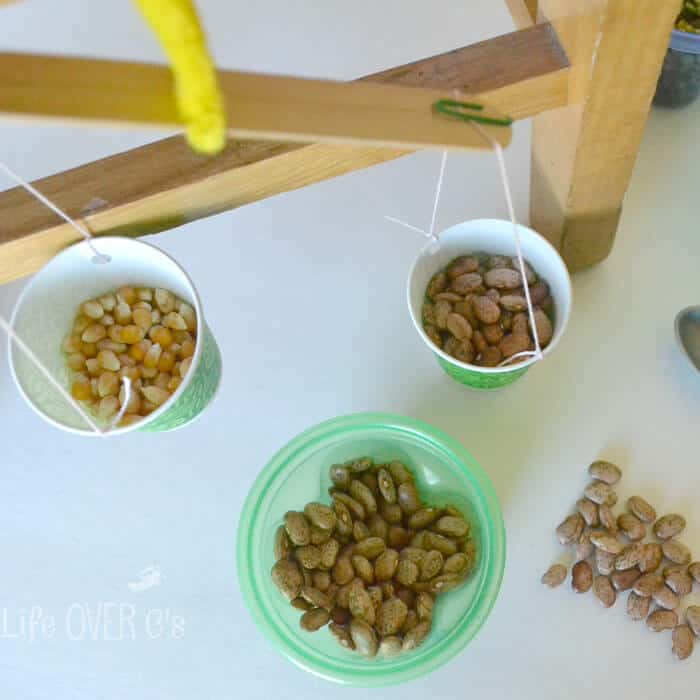
Students create a balance scale by attaching cups to strings on each side of a popsicle stick. They then use grains, beans, or other small farm-themed objects to weigh each cup, exploring how different weights affect the balance.
Learn more: Life Over C’s
21. Measuring with Shoe Traces
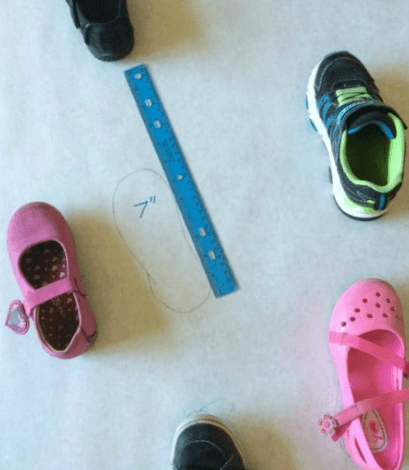
Each student traces their shoe onto paper, cuts out the outline, and then uses non-standard units, such as paperclips, blocks, or crayons, to measure the length of their traced shoe.
Learn more: Planning Play Time
22. Build and Measure
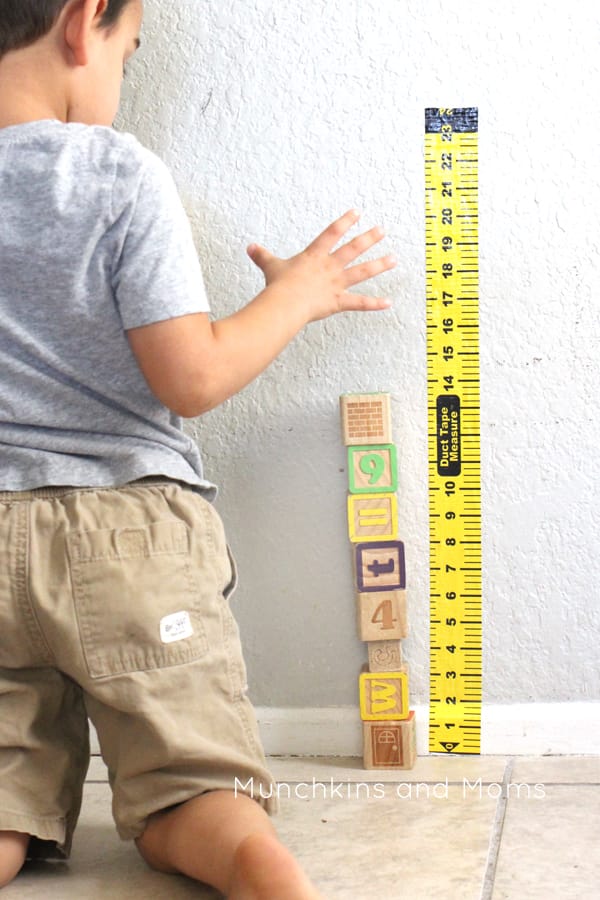
Students use building blocks to create structures, towers, or shapes of varying heights and lengths. Once completed, they use a measuring tape to determine the dimensions of their creations, such as height, width, or perimeter.
Learn more: Play Teach Repeat
23. Measure the Worms
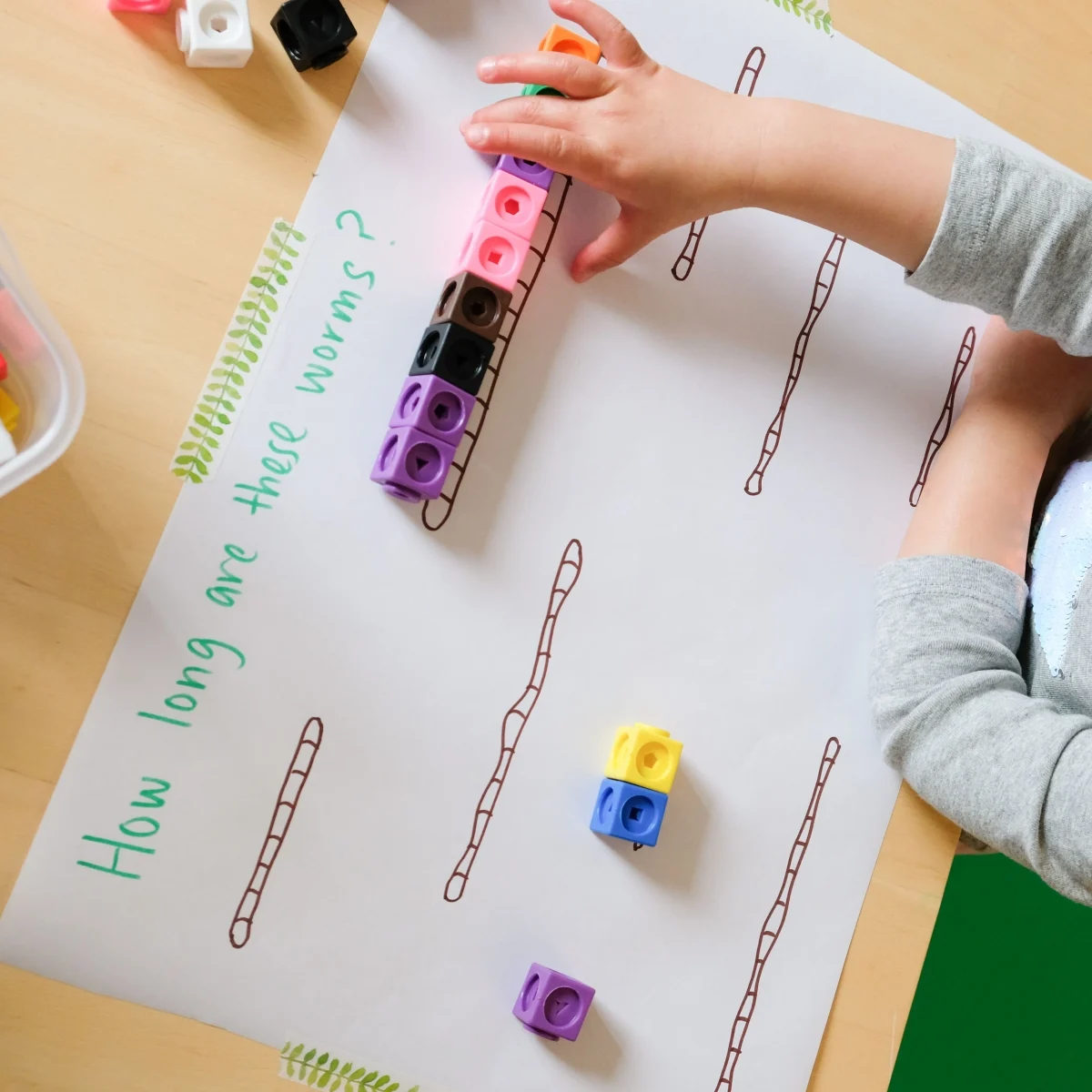
Using an activity sheet featuring worms of different lengths, students measure each worm by lining up cube blocks end-to-end along its length.
They count how many blocks match the worm’s size and record their findings on the sheet. This activity helps reinforce counting, estimation, and comparison skills while introducing the concept of length in a hands-on, visual manner
Learn more: Happy Tot Shelf
24. Drop and Count
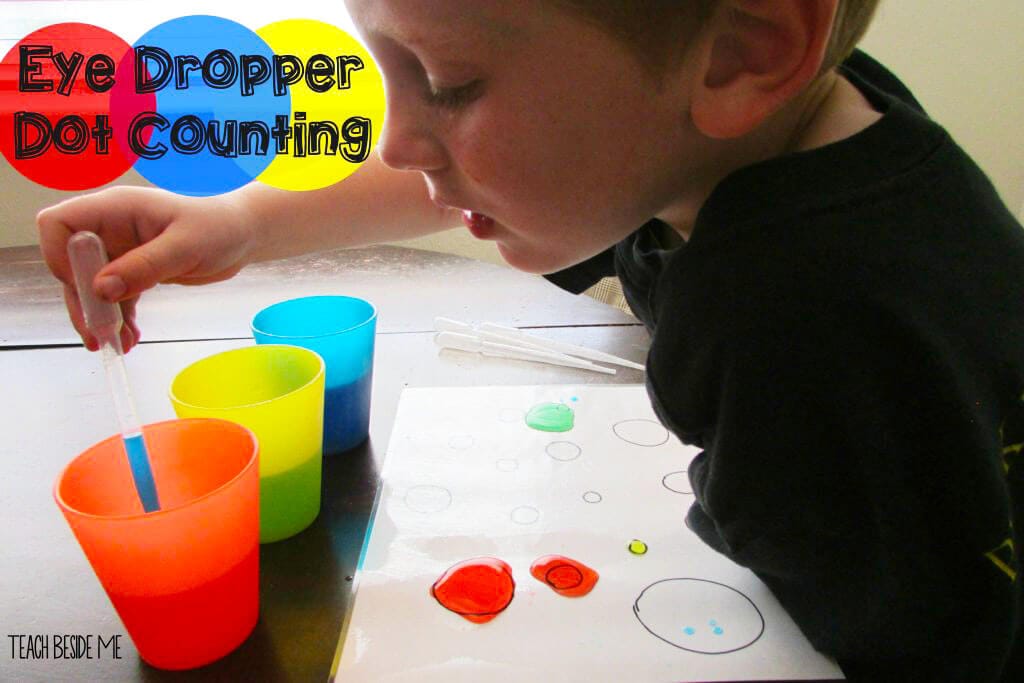
Using a sheet of paper with dots of different sizes, students use droppers to carefully add water drops to each dot until it is completely filled. They count and record how many drops are needed for each dot, comparing their results and observing how the dot size affects the number of drops.
Learn more: Teach Beside Me
25. Discovering Volume with Simple Tools
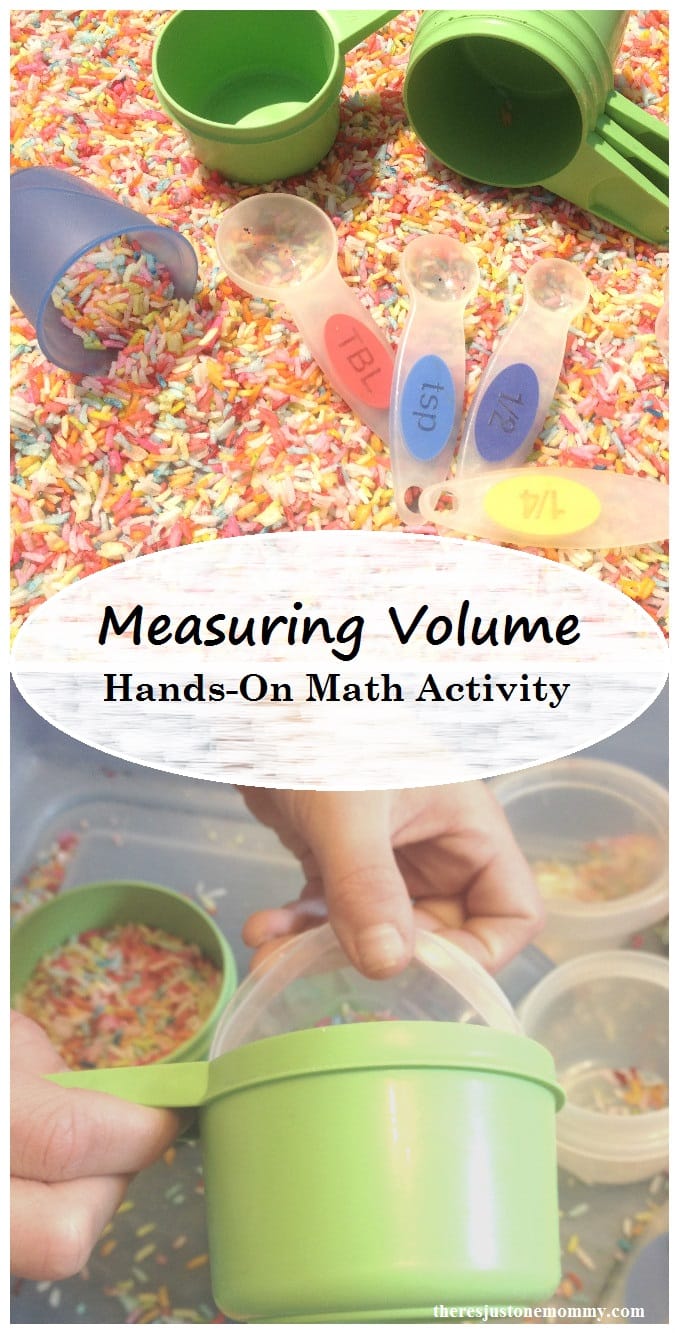
Students use measuring spoons to scoop colorful rice and transfer it into containers of various sizes. They can count how many spoonful it takes to fill each container, compare volumes, and experiment with different spoon sizes.
Learn more: There’s Just One Mommy
25. Exploring Measurement Tools
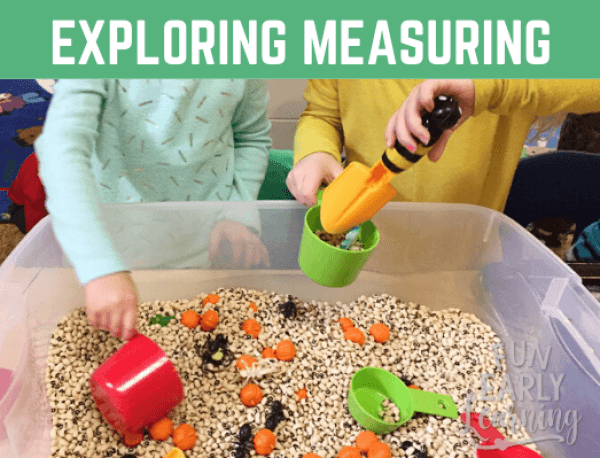
Fill a bin with black-eyed peas and provide various measuring tools, such as measuring cups, spoons, and small containers. Children can scoop, pour, and transfer the peas, exploring concepts of volume, size, and quantity as they experiment with the tools.
Learn more: Fun Early Learning
26. Measuring Pipe Cleaners
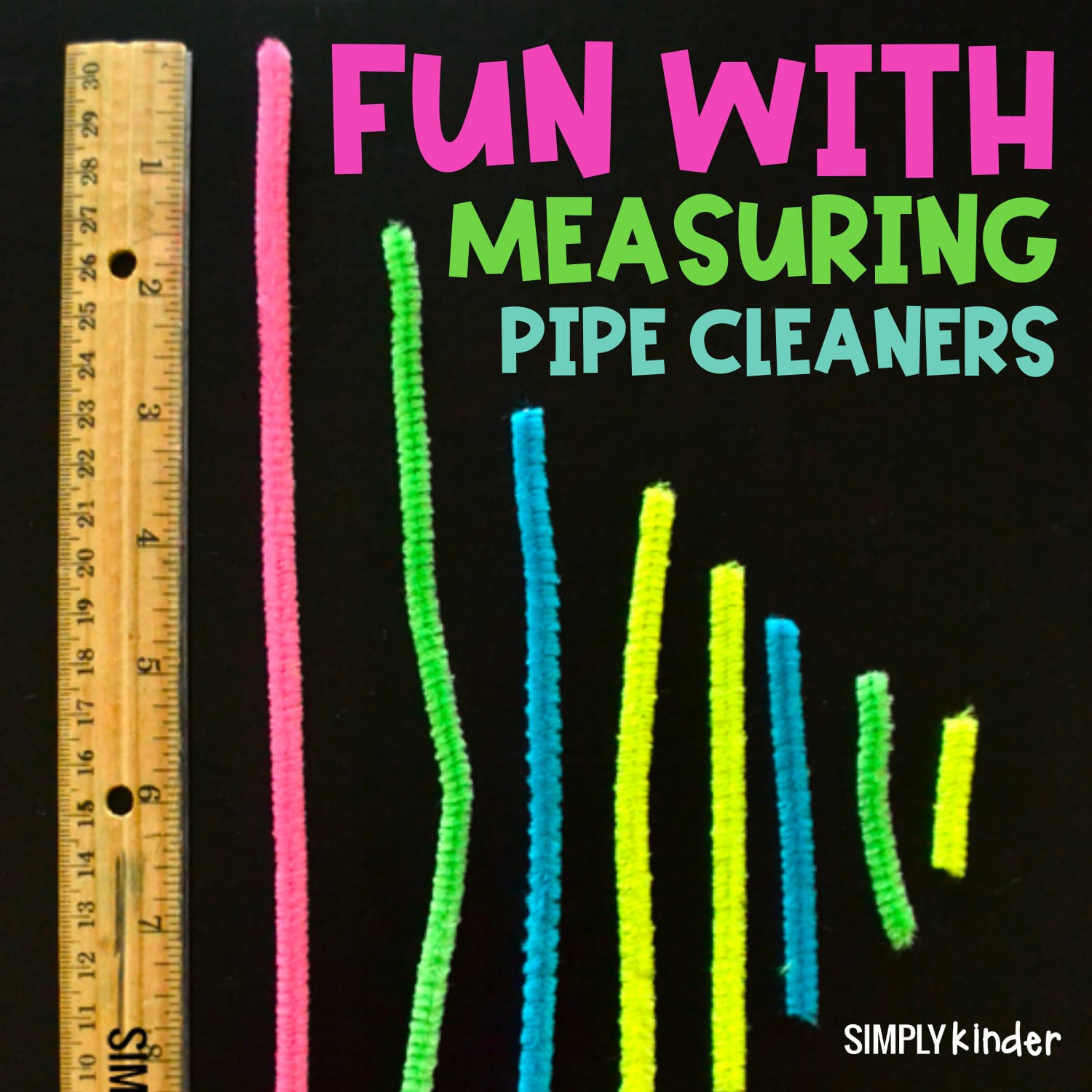
Students can use pipe cleaners to measure the length, width, or height of different objects by bending and stretching the pipe cleaners alongside the object.
They can count how many pipe cleaners long an item is or use a ruler to determine the exact length of the pipe cleaner in standard units.
Learn more: Simply Kinder
27. Longest to Shortest
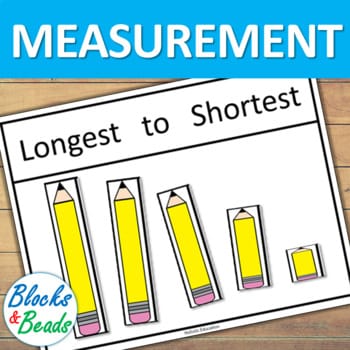
The sheet features a series of objects or shapes in varying lengths, and students are tasked with arranging them from longest to shortest.
Learn more: Teachers Pay Teachers
28. Cut and Compare
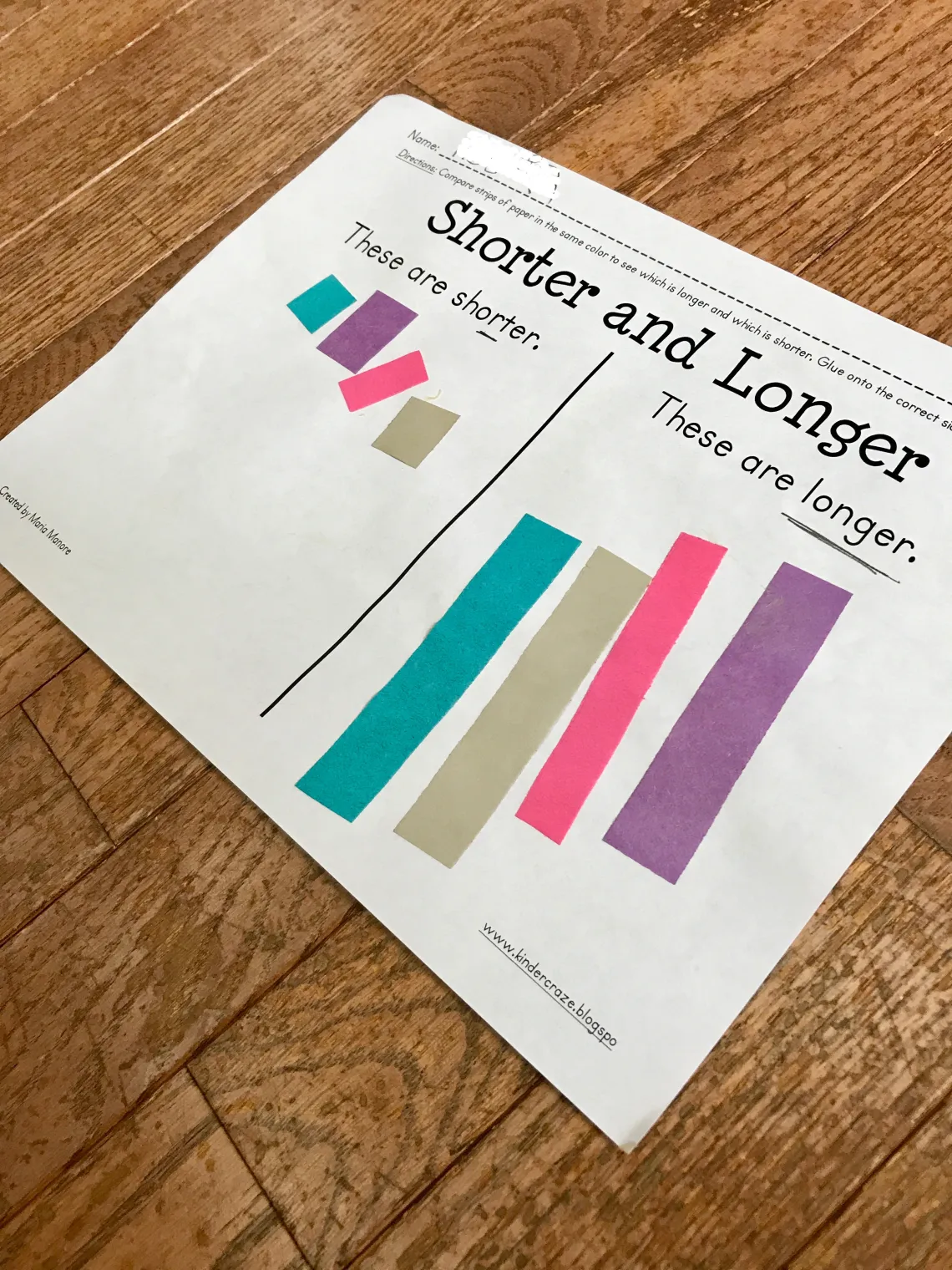
In this activity, students are given paper strips or materials of varying lengths. They use rulers to measure the lengths, then cut and sort them into shorter and longer groups.
Learn more: Preschooligans
29. Measure with Blocks
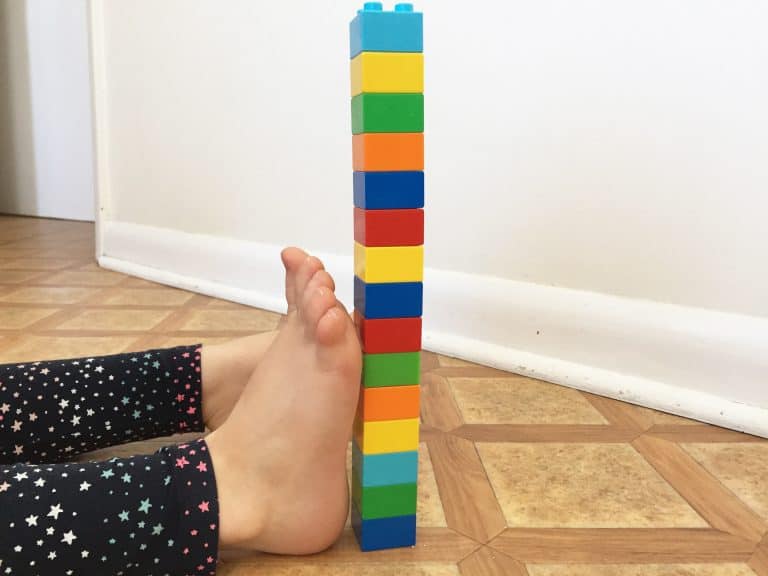
Students can use building blocks to measure the length of their feet by lining up the bricks along the edge of their feet, and counting how many pieces it takes to cover the full length.
Learn more: Math Kid Chaos
30. How Heavy is a Pumpkin?
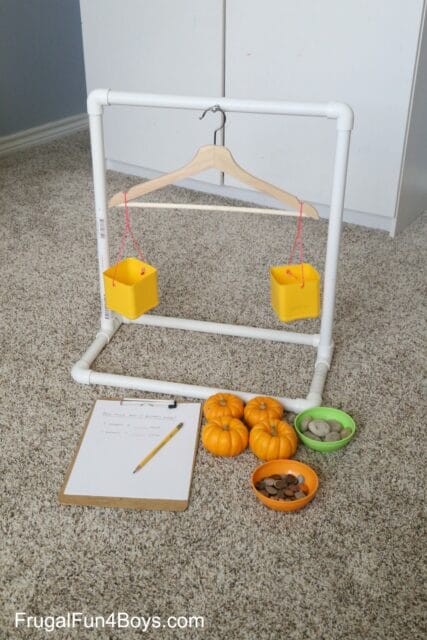
To set this activity up, create a simple weighing scale by attaching a hanger to a PVC pipe stand, ensuring the hanger can balance freely.
Students can place a small pumpkin on one side of the hanger, while adding objects (such as beans or small blocks) to the other side to balance it out.
Learn more: Frugal Fun 4 Boys

